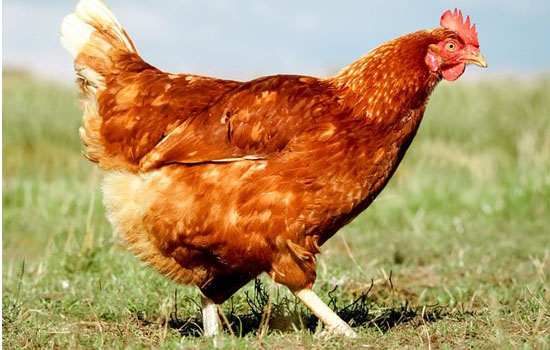Nowadays, people’s demand for eggs is increasing, and there will be obvious seasonal differences in laying hens. This will affect the laying rate of laying hens in winter. Some farmers will choose to use automatic chicken farm equipment to provide a good environment for the chicken coop, but there are also some other factors that need to be considered. Let’s talk about it today.
Do a good job in environmental regulation. First of all, farmers need to know that the suitable temperature for laying hens is 13-24℃, and the most suitable humidity for laying eggs is 60%-70%. When the temperature is low in winter, the air will be relatively humid and bacteria are more likely to breed, especially the temperature of the chicken house is higher than the temperature outside the chicken house. And the chicken is a warm-blooded animal. Its body temperature is greatly affected by the outside world. If there is a cool breeze from the outside world, the body temperature of the chicken will be lowered, resulting in a drop in egg production. In order to maintain egg production, cold-proof and heat-preservation measures can be adopted for laying hens。
Achieve reasonable breeding. Farmers must learn to adjust breeding techniques. First, we must formulate a reasonable elimination principle. Once the age of the chicken exceeds the optimal laying age, farmers need to eliminate it. Farmers must also plan for chicken rations. In winter, the temperature is low, and the laying hens will need two foods to maintain their body temperature. Therefore, farmers need to increase the content of high-energy feed for laying hens. Finally, do a good job of hygiene in the chicken house. This requires frequent disinfection of the chicken house, and good internal cleaning of the chicken house, which can improve the health of the laying hens.
With the current understanding and mastery of the laying rules of laying hens, it is helpful for farmers to have an in-depth understanding of raising chickens.
